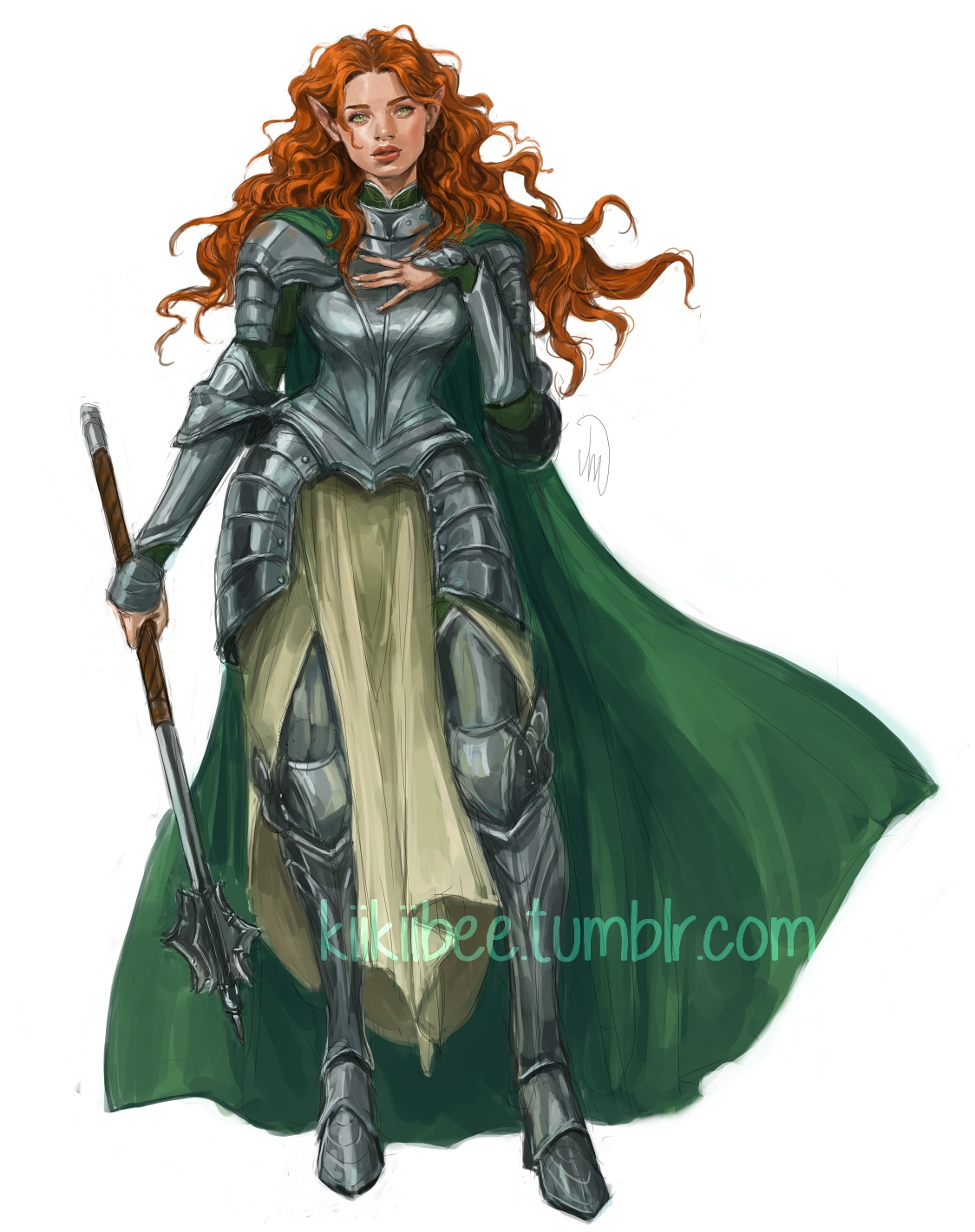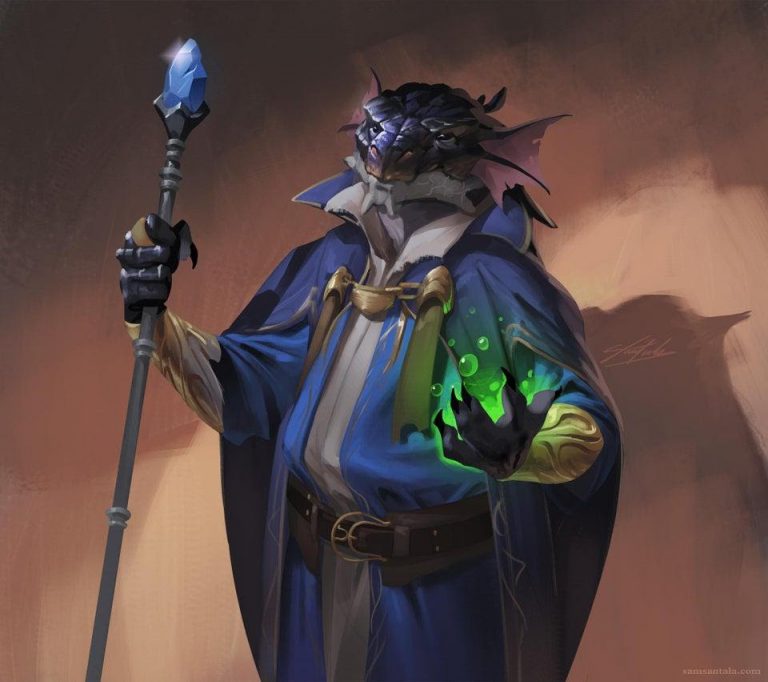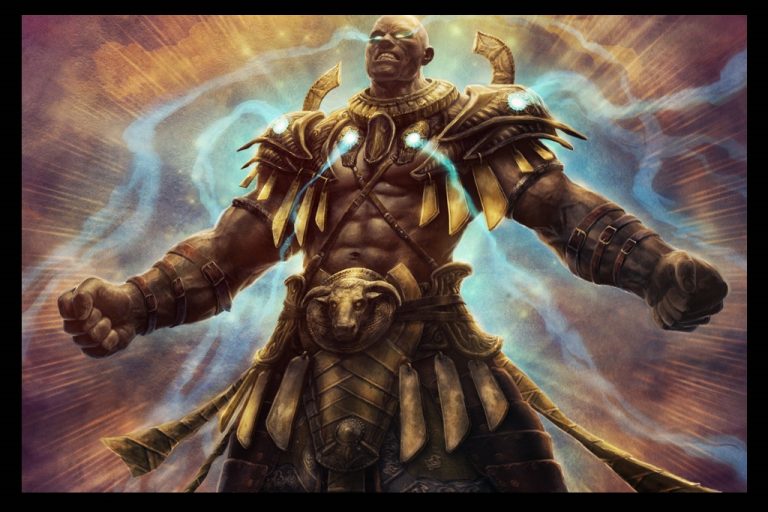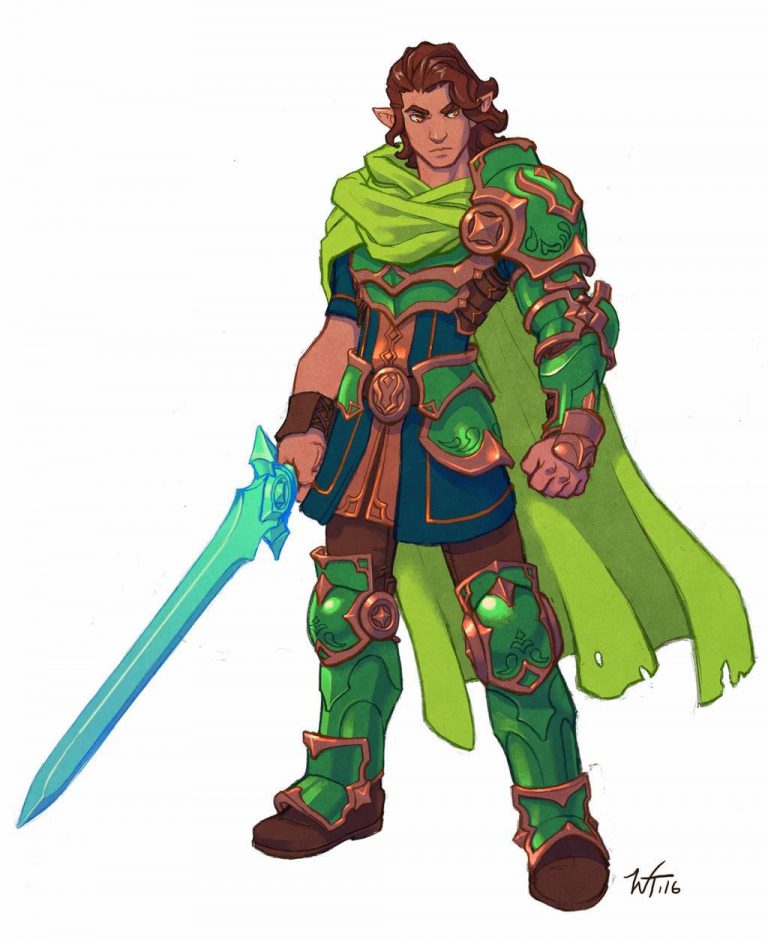D&D 5e: Elf Cleric Guide

D&D 5e: Elf Cleric Guide
One thing that is known to be more-or-less universally true is that the gods are eternal and ageless. From their thrones and underworlds, they will see a hundred generations go by like you, or I might watch the sunset. Many think the same thing of elves, being so long-lived: an elf can easily see kingdoms rise and fall in its lifetime. As an elf cleric, you are in a unique place in time related to your fellow humanoids. Will you use your wisdom and perspective to guide them? Or will you abuse the power of your god to be a god unto them?
The Elf race AND the Cleric class can be found in the Player’s Handbook. Click here to pick up your own copy of The Player’s Handbook!
How to Make an Elf Cleric
You can roll your stats using the 4d6 method described in the Player’s Handbook or you can take the standard array of 15, 14, 13, 12, 10, and 8. I recommend putting the 15 in Wisdom, which you can bump up to 16 if you’re a wood elf. After that, it gets tricky because there are a LOT of different builds you can make with the elf/cleric combo due to the number of cleric subclasses (domains) and elf subraces. My recommendation is to keep Constitution and Dexterity middling – not your highest stats but not your lowest – as they’re what will keep your skinny body safe from harm but, probably won’t actively help you in your priestly duties. The only time I recommend going hard on Dexterity is if you choose the trickery domain, which has an increased emphasis on stealth and treachery compared to the other domains.
Subrace choice is also a little tricky, but the most obvious choice is the wood elf subrace. I already mentioned that they gain a +1 bonus to their Wisdom score, which has obvious utility for a cleric whose spellcasting uses Wisdom as their spellcasting ability modifier, but they also gain weapon training in a few useful martial weapons that clerics don’t usually get. Couple that with the “mask of the wild” feature that makes hiding in nature easier and “fleet of foot” that increases your speed and you could make a mean hit-and-run character. Or… heal-and-run, whatever takes your fancy. Most players would use those talents for a rogue or such, but you can use them a little more creatively than that.
An honorable mention in the subrace department is the high elf who gains a single wizard cantrip to cast using their Intelligence. Not being able to use Wisdom to cast this extra spell is… not great, but it’s also true that the cleric’s choice of cantrips also isn’t great. Having access to one of the wizard’s 30 cantrips versus the cleric’s comparatively meager selection of 9 is rather nice, however, as you’ll find a grander variety of utility and combat-oriented spells there.
The other subraces of elf don’t lend themselves especially well to the cleric class, but none of them are bad choices per se. If your cleric is a little light in the armor department, the eladrin and shadar-kai’s innate teleportation will be of great use to you in dire situations. The dark elf’s sunlight sensitivity is a little annoying, but if you mainly use spells that require saving throws rather than attack rolls then it shouldn’t be too bad. Plus, the Drow get a handful of spells that clerics usually don’t, so they can be a good choice if you want to broaden your cleric’s magical abilities.

How to Play an Elf Cleric
Elves are not always the first picks for players wanting to be a cleric, although I’ve seen a couple in my time. Their +2 bonus to Dexterity is only a little useful for a cleric as most of them take up medium armor, which only somewhat benefits from Dexterity. Some clerics, thanks to their bonus proficiency granted by their domain, use heavy armor that doesn’t benefit from Dexterity at all. With this in mind, there are two domains I recommend (although any will “work” just fine): knowledge and trickery.
The knowledge domain makes your character into a multitalented polyglot, with a bunch of bonus languages and tool proficiencies as well as specialization in divination magic. For role-playing an elf with a ridiculously long lifespan, which a lot of people struggle with, this can be a big help as it helps you feel like someone who has lived a long life and mastered many skills. We’ll touch on role-playing more later, but for now, know that the knowledge domain suits the flavor of an elf rather well. With this subclass, you will be highly regarded as the party’s expert and resident know-it-all. When the DM asks for a roll to see if anyone in the party recognizes a particular object, person, or heraldry, prepare for the rest of the party to look at you with hope in their eyes. High elves excel at this role.
If being seen isn’t your thing, pair the wood elf with the trickery domain and become a master of the shadows. This domain focuses on illusion spells that distract and confuse the enemy. I once saw a trickery cleric elf character spend the entirety of the final boss fight of a campaign just leading the BBEG (Big Bad Evil Git) in circles as the rest of the party foiled their evil plan; it was madness. At 2nd level, you can use “invoke duplicity” to create an illusory version of yourself that appears in all ways to be you and yet is just an unusually smelly and loud image (read: it is a perfect duplicate completely indistinguishable from the original). The upside of this is that it’s arguably better than any illusion spell in the game because, unless your enemy is an angel or has Truesight, it’s impossible to see through this illusion just by looking at it. The only downside is that it can only be you. Pair this with the wood elf’s ability to hide and run away that will be a great boon indeed.

How to Roleplay as an Elf Cleric
As has been alluded to earlier in this article, one of the defining traits of elves is their long lives. 5e puts their lifespan at up to 750 years old, in this time elves do not expect to wither or deteriorate much at all. Mordenkainen’s Tome of Foes has this to say about the lifespan of an elf:
“Events from centuries ago that are distant or even ancient history to humans might have been experienced firsthand by many elves who are still alive. And an elf’s memory of such events is likely more accurate than a well-researched historian’s account, because the elf can revisit the memory over and over during trance, fixing it more firmly in mind each time.”
This is why I tend to lean towards knowledge (or arcana, if you happen to own the Sword Coast Adventurer’s Guide) as the domain of choice for an elf cleric. The average elf has the potential to be far wiser or more patient than any human, and doubly so for an elf cleric. Have you ever met a spiritual person who claims to have achieved enlightenment? An elf cleric has the potential to be that, times 100, plus the resignation of someone who has reached truly old age.
Of course, you can always flip this concept on its head. There’s a lot of value in playing an elf who embraces the chaos inherent in their race’s origin in the Feywild and takes life in a far more spontaneous fashion. Rather than being content to wait and slow down, taking careful note of any signs from the gods gathered via divination, your elf cleric might embrace the philosophy of “Corellon, take the wheel” and just trust in divine inspiration to guide their hand. In their ability to reflect while in their signature elvish trance, moments of both brilliance and cringe can be more fully understood, and thus the cleric learns more of their gods’ machinations.
This article was written by Gabriel Wood. They are a TTRPG writer living in the UK. More of their work can be found on Tumblr, where they go by The-Ashen-GM and post 5e content semi-regularly.

Image Sources:
https://www.deviantart.com/kiikii-sempai/art/commission-Cleric-766163855
https://www.deviantart.com/seraph777/art/Bethrynna-587025976
https://www.deviantart.com/commandermutt/art/Elf-Cleric-673018704
https://www.deviantart.com/kiikii-sempai/art/commission-Caecilia-720399077
Video:








